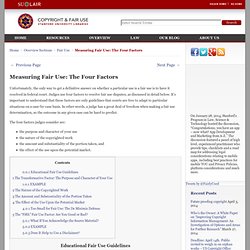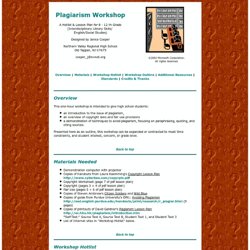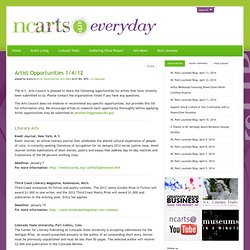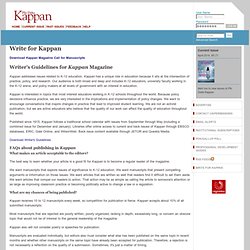

Tips%20for%20Decoding. Datax.teacherspayteachers. Writer's Blog and Books, Writing and Publi. Copyright & Fair Use - Measuring Fair Use: The Four Factors. Unfortunately, the only way to get a definitive answer on whether a particular use is a fair use is to have it resolved in federal court.

Judges use four factors to resolve fair use disputes, as discussed in detail below. It’s important to understand that these factors are only guidelines that courts are free to adapt to particular situations on a case‑by‑case basis. In other words, a judge has a great deal of freedom when making a fair use determination, so the outcome in any given case can be hard to predict. The four factors judges consider are: the purpose and character of your usethe nature of the copyrighted workthe amount and substantiality of the portion taken, andthe effect of the use upon the potential market. The Transformative Factor: The Purpose and Character of Your Use In a 1994 case, the Supreme Court emphasized this first factor as being a primary indicator of fair use. In a parody, for example, the parodist transforms the original by holding it up to ridicule.
WebQuest. Overview | Materials | Workshop Hotlist | Workshop Outline | Additional Resources | Standards | Credits & Thanks Overview This one-hour workshop is intended to give high school students: an introduction to the issue of plagiarism, an overview of copyright laws and fair use provisions a demonstration of techniques to avoid plagiarism, focusing on paraphrasing, quoting, and citing sources.

Presented here as an outline, this workshop can be expanded or contracted to meet time constraints, and student interest, concern, or grade level. Materials Needed Workshop Hotlist Bookmark the Internet sites to be accessed in advance or project this hotlist during the workshop itself. I. II. III. IV. V. VI. Workshop Outline I. Copyright Lesson Plan by Laura Kaemming This online lesson plan was designed for 8th grade students to be implemented over the course of several days. Copyright Worksheet Distribute worksheet to students as they enter.
II. Copyright With Cyberbee Project the website. Creative writing prompts . com ideas for writers. Imagination Prompt Generator: Random Writing Blog Prompts, Writer's Prompt Tool. 163 Questions to Write or Talk About. Why Are Art Collectors Still Shortchanging Women Artists?
Results : Plagiarism Spectrum. Artist Opportunities 1/4/12- NC Arts Everyday. Posted by ncarts in Artist Opportunities, Arts News on 01 4th, 2012 | no responses The N.C.

Arts Council is pleased to share the following opportunities for artists that have recently been submitted to us. Please contact the organization listed if you have any questions. The Arts Council does not endorse or recommend any specific opportunities, but provides this list for information only. We encourage artists to research each opportunity thoroughly before applying.
Literary Arts Kweli Journal, New York, N.Y. Deadline: January 7 For more information: Third Coast Literary Magazine, Kalamazoo, Mich. Deadline: January 15 For more information: Colorado State University, Fort Collins, Colo. Deadline: March 14 For more information: University of Central Florida, Orlando, Fla. Deadline: March 17 For more information: Gemini Magazine, Onset, Mass. Deadline: March 31 For more information: Winning Writers, Northampton, Mass. Deadline: April 1 For more information: Visual Arts. Write for Kappan. Download Kappan Magazine Call for Manuscripts Writer's Guidelines for Kappan Magazine Kappan addresses issues related to K-12 education.

Kappan has a unique role in education because it sits at the intersection of practice, policy, and research. Our audience is both broad and deep and includes K-12 educators, university faculty working in the K-12 arena, and policy makers at all levels of government with an interest in education. Kappan is interested in topics that most interest educators working in K-12 schools throughout the world. Published since 1915, Kappan follows a traditional school calendar with issues from September through May (including a combined issue for December and January). Download Writer's Guidelines FAQs about publishing in Kappan What makes an article acceptable to the editors? The best way to learn whether your article is a good fit for Kappan is to become a regular reader of the magazine. School-Arts-Writers-Guidelines.
6731222989_1db90ce6fe_b.jpg 922×620 pixels. Find Writer's Guidelines ( Writers Guidelines ) for Education Magazines. School Arts Magazine: Write for School Arts.